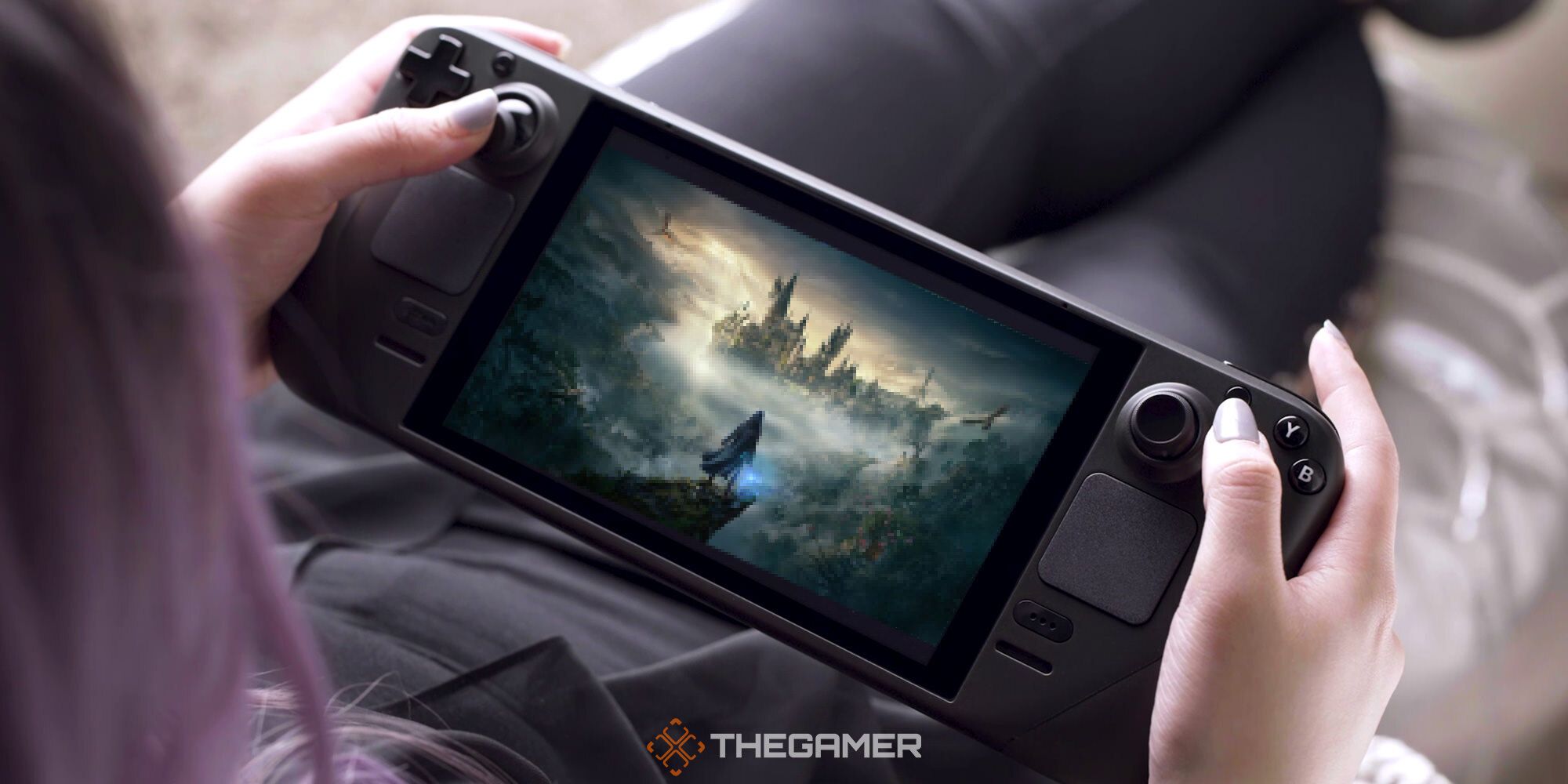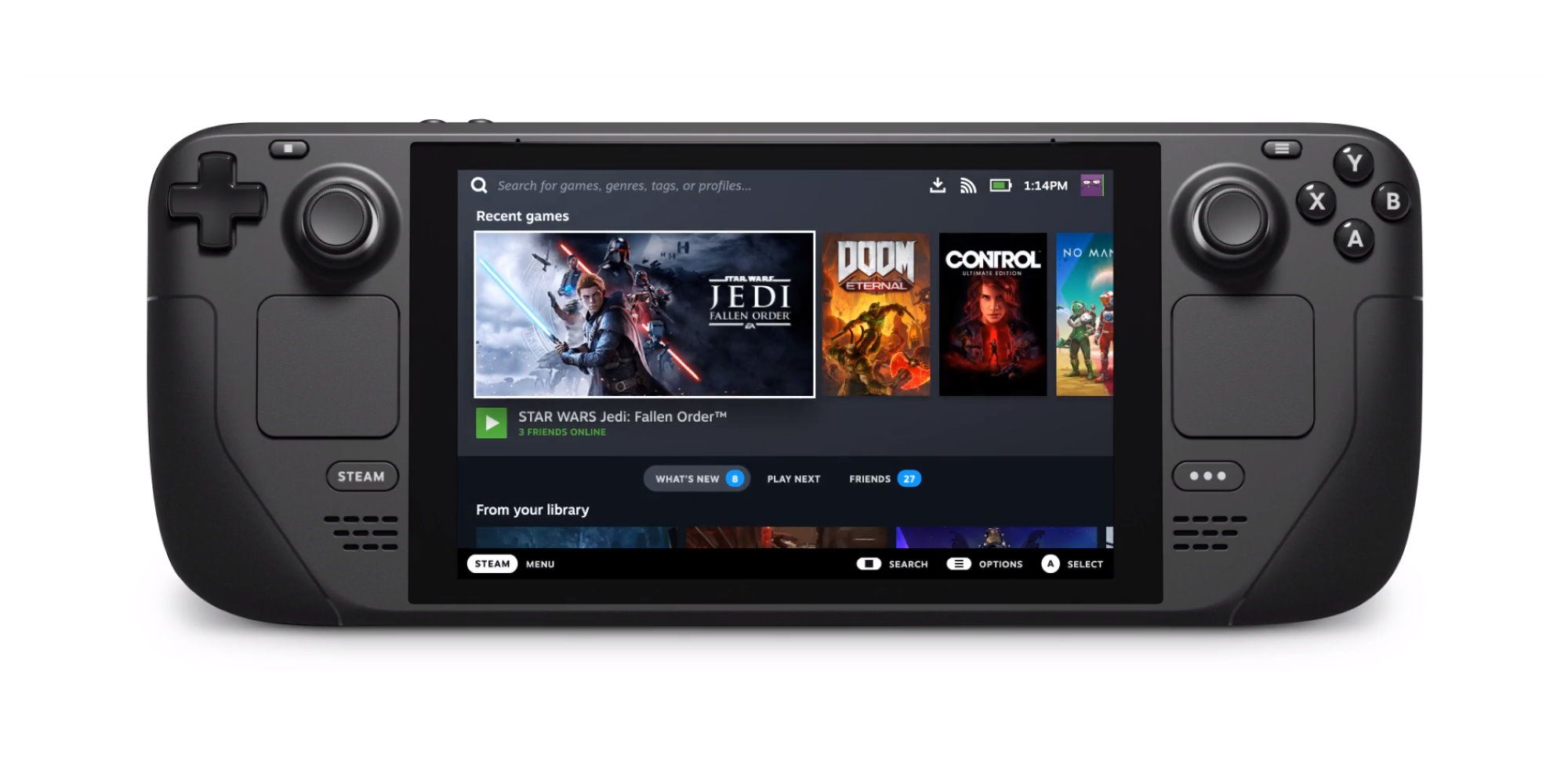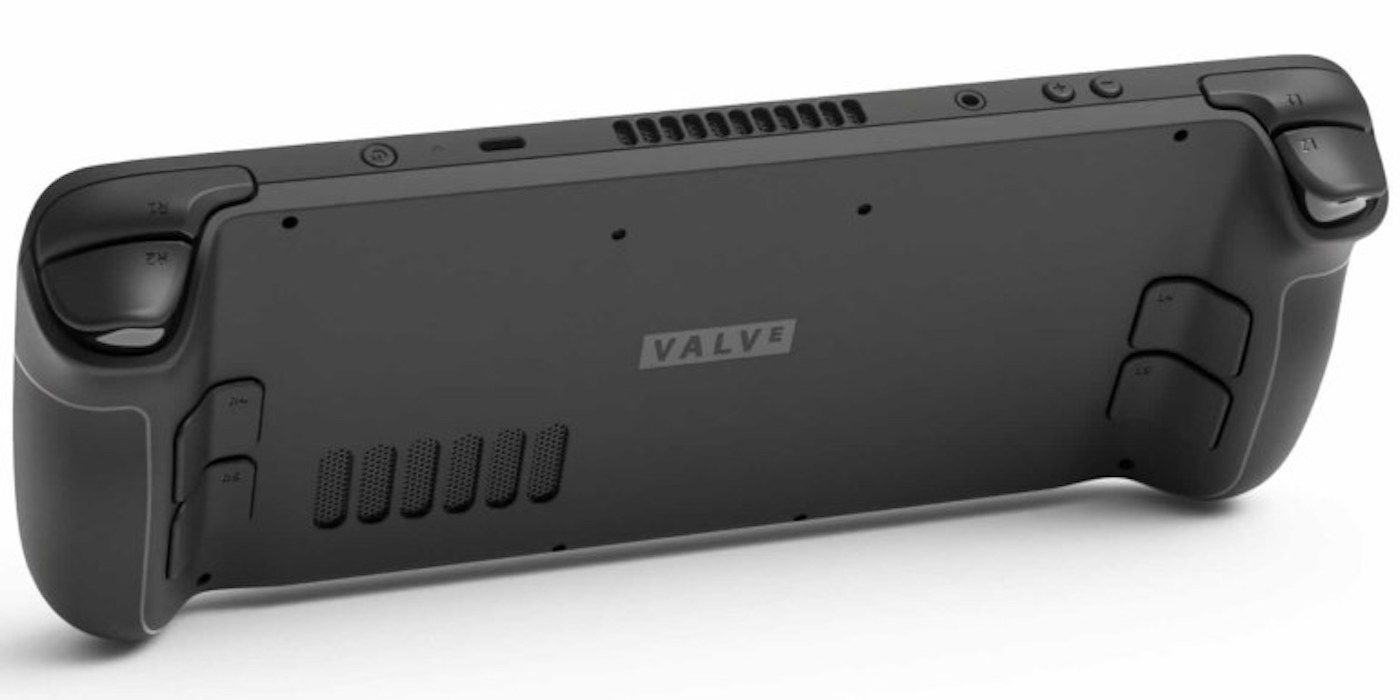Steam Deck Might Be Great For Today’s Games, But Can It Carry You Into The Future?
Valve’s upcoming Steam Deck might be great for games you already own, but don’t expect it to keep up with next-gen titles.
You Are Reading :Steam Deck Might Be Great For Todays Games But Can It Carry You Into The Future

I’ll be honest: I’m intrigued by the Steam Deck. I have a gaming laptop–or at least a laptop that advertised itself as appropriate for gaming when it was new several years ago–but something about the Deck’s handheld form factor just makes it seem so much more appealing than a big, cumbersome laptop.
And it’s that handheld form factor that’s really the Deck’s biggest draw. There’s an undeniable appeal to bringing your entire Steam library with you wherever you go and even having the hardware powerful enough to run most of those games at max graphics settings.
That said, I’m a bit hesitant on the Deck too. While it certainly has the specs to run most anything you can find on Steam today, that’s not likely to be the case in the future.

There are very few Decks out there, so we don’t really have a great idea of how the Deck will perform when it eventually arrives next year (we hope). However, we can infer a few things just based on the Deck’s confirmed technical specifications.
As one would expect from a handheld console, the Deck is all about energy efficiency. Power consumption will vary on what games you play, but it’s generally expected to be between 4-15W, which is way less than what you’d get on a typical laptop. AMD provides the Deck’s important hardware with a Zen 2 CPU and an RDNA 2-based GPU–the same architecture you’ll find in the latest AMD graphics cards, only scaled down for the smaller handheld.
We could dive into clock speeds, cores, and power consumption values on each of these components and what it might mean for gameplay, but instead I’m going to keep things simple and boil it all down to one number: 1.6 TFlops. That’s the expected computation power of the Deck’s GPU. It’s roughly equivalent to an original PS4 or Xbox One and way beyond what you’ll find in the Nintendo Switch.
Of course, the Deck will be able to do things that no PS4 can thanks to the RDNA 2 technology inside, but a handheld PS4 that can play any game on Steam sounds like a pretty good deal for $400. But the Deck is, as far as we know, a solid piece of hardware. You can’t upgrade it outside of a memory slot for SD cards, and that means as more video games start targeting the hardware available in the PS5 and Xbox Series X, the Deck will quickly get left behind.
PC games used to be a separate and distinct platform from consoles, but these days most major publishers target both consoles and PCs for their releases. Because the PS5 and Xbox Series X have both suffered difficulties in distribution thanks to the global chip shortage, most developers are still targeting previous-gen hardware for their PC games and that’s great news for the Deck. You’re likely to still be able to play new releases for at least a year or two even after the Deck arrives, but there will come a point where developers start targeting next-gen consoles for their games, and that’s when the Deck will run into problems.
You can already see a few high-end titles already beyond the Deck’s reach. Take Metro Exodus Enhanced Edition, a game that was remade specifically to take advantage of all the latest and greatest in PC hardware. To play the game on minimum settings requires four CPU cores and an Nvidia RTX 2060 to render the ray-traced lights. The Deck only has four cores, and its RDNA 2 GPU is likely just above the RTX 2060 in terms of performance. Push Metro Exodus Enhanced Edition to its recommended settings and you’ll need 8 CPU cores–more than the Deck even has.

Admittedly, this is just one example of a game that the Deck is likely to struggle with, and there aren’t that many out there. There’s also every possibility that Metro Exodus will run just fine on the Deck, considering the max screen resolution on Valve’s handheld is 1280×800. And that chip shortage means it’s very likely that Metro Exodus Enhanced Edition will remain a relative rarity among PC games as hardware penetration lags due to ongoing shortages. But there will come a time when the Deck fails to keep up with the inexorable advance of video game hardware requirements.
There’s also the issue of memory. As much as games require more computational power from graphics processors, games also seem to continually demand more physical storage. The Deck offers several options, including 64GB, 256GB, and 512GB internal drives, but even the largest one will struggle to contain more than a few blockbuster releases (Warzone alone would take up almost half of those 512 GB). The 64GB drive already cuts out games like Borderlands 3, Destiny 2, and Doom Eternal.
Now, I’m not saying all this to convince you not to buy a Deck. Even if games require more than what the Deck provides in the near term, there are still lots of games past and present that the Deck can play just fine, and there will always be a certain segment of indie games that target lower-end hardware for the maximum potential audience (I’m lookin’ at you, Stardew). If that’s what you want to play on the Deck, then by all means grab one.
Just don’t approach the Deck like it’s your ticket to the future of PC gaming. When the next generation of games starts to really come in, then we’ll be talking about a Steam Deck Pro.
Link Source : https://www.thegamer.com/steam-deck-tech-good-for-now/
